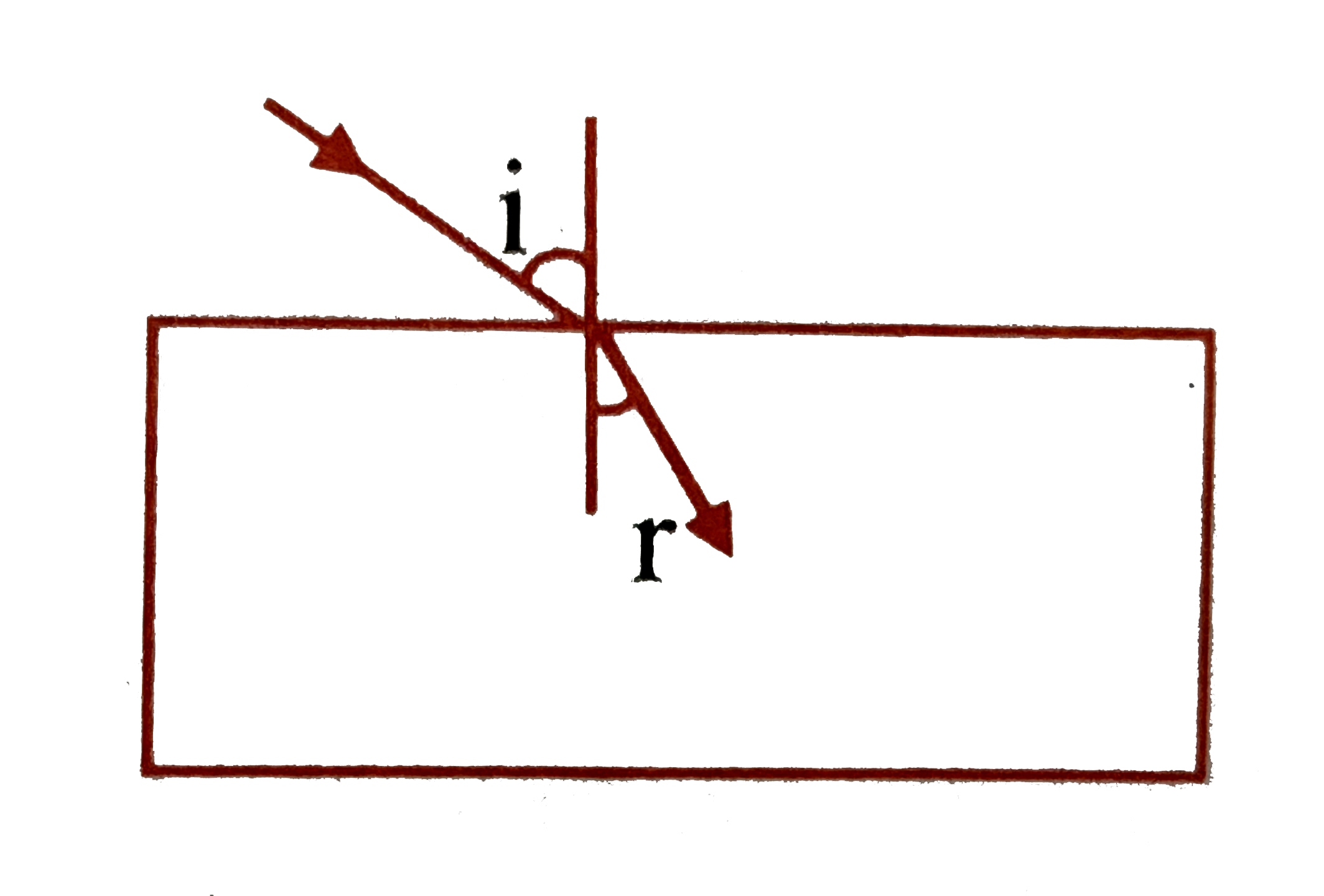Complete the following analogy:
ZnS : A:: SiC:BA: Molecular solid:: B:Ionic solid
ZnS : A:: SiC:BA: Ionic solid:: B:Metallic solid
ZnS : A:: SiC:BA: Metallic solid:: B:Covalent solid
ZnS : A:: SiC:BA: Ionic solid:: B:Covalent solid
To complete the analogy between zinc sulfide and silicon carbide, we need to identify the types of solids they represent and their characteristics.
1. Identify Zinc Sulfide (ZnS):
- Zinc sulfide is composed of zinc ions (Zn²⁺) and sulfide ions (S²⁻).
- The bonding in zinc sulfide is primarily ionic, which means it is formed through the electrostatic attraction between positively charged cations and negatively charged anions.
2. Classify Zinc Sulfide:
- Since ZnS is held together by strong electrostatic forces of attraction between the ions, it is classified as an ionic solid.
- Ionic solids typically have high melting and boiling points and can conduct electricity when dissolved in water or molten due to the presence of free-moving ions.
3. Identify Silicon Carbide (SiC):
- Silicon carbide consists of silicon and carbon atoms bonded together.
- The bonding in silicon carbide is covalent, meaning that the atoms share electrons to form strong bonds.
4. Classify Silicon Carbide:
- Because SiC is formed through covalent bonds, it is classified as a covalent solid.
- Covalent solids generally have very high melting points, are hard, and are poor conductors of electricity as they do not have free-moving charged particles.
5. Complete the Analogy:
- The analogy can be completed as follows:
- Zinc Sulfide (ZnS) is to Ionic Solid as Silicon Carbide (SiC) is to Covalent Solid.
Final Answer:
- Zinc Sulfide (ZnS) is an ionic solid, while Silicon Carbide (SiC) is a covalent solid.
---
- Zinc sulfide is composed of zinc ions (Zn²⁺) and sulfide ions (S²⁻).
- The bonding in zinc sulfide is primarily ionic, which means it is formed through the electrostatic attraction between positively charged cations and negatively charged anions.
- Since ZnS is held together by strong electrostatic forces of attraction between the ions, it is classified as an ionic solid.
- Ionic solids typically have high melting and boiling points and can conduct electricity when dissolved in water or molten due to the presence of free-moving ions.
- Silicon carbide consists of silicon and carbon atoms bonded together.
- The bonding in silicon carbide is covalent, meaning that the atoms share electrons to form strong bonds.
- Because SiC is formed through covalent bonds, it is classified as a covalent solid.
- Covalent solids generally have very high melting points, are hard, and are poor conductors of electricity as they do not have free-moving charged particles.
- The analogy can be completed as follows:
- Zinc Sulfide (ZnS) is to Ionic Solid as Silicon Carbide (SiC) is to Covalent Solid.
- Zinc Sulfide (ZnS) is an ionic solid, while Silicon Carbide (SiC) is a covalent solid.
Topper's Solved these Questions
- QUESTION PAPER 2022 TERM 1 SET 2BOOK - XII BOARDS PREVIOUS YEARCHAPTER - QUESTION PAPER 2022 TERM 1 SET 2EXERCISE - SECTION -B
24 Videos
- QUESTION PAPER 2022 TERM 1 SET 1BOOK - XII BOARDS PREVIOUS YEARCHAPTER - QUESTION PAPER 2022 TERM 1 SET 1EXERCISE - SECTION-C
6 Videos
- QUESTION PAPER 2022 TERM 2 SET 1BOOK - XII BOARDS PREVIOUS YEARCHAPTER - QUESTION PAPER 2022 TERM 2 SET 1EXERCISE - SECTION - C
7 Videos
Similar Questions
Knowledge Check
Complete the following analogies: Nucleophile approach to tetrahedral carbon
A: Find out favoured alkene product in dehydro-halogenations BAA : Hyperconjugation :: B: Kharasch effectBA:SN2 mechanism :: B: SN1 mechanismCA: Stearic influence :: B:Saytzeff's ruleDA: Elimination reaction :: B: Substitution reaction
Complete the given analogy.
High earth orbits : 35780 km:: Low earth orbits: ________
View SolutionWhich one of the answer figures shall complete the given analogy?

View SolutionWhich one of the answer figures shall complete the given analogy?

View SolutionWhich one of the answer figures shall complete the given analogy?

View SolutionWhich one of the answer figures shall complete the given analogy?

View SolutionWhich one of the answer figures shall complete the given analogy?

View SolutionWhich one of the answer figures shall complete the given analogy?

View Solution

